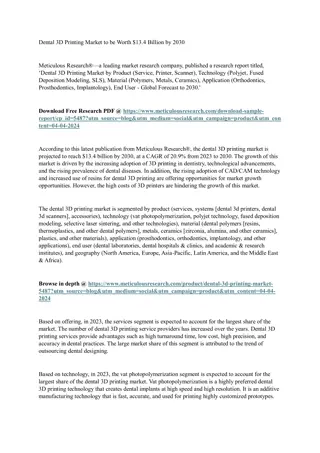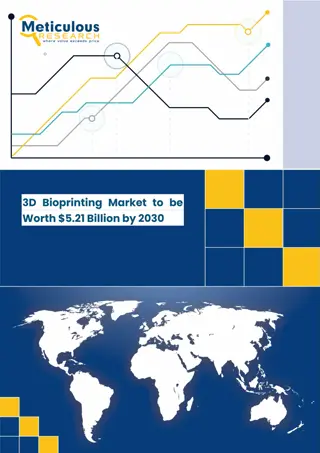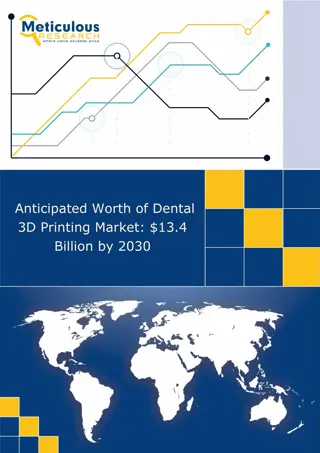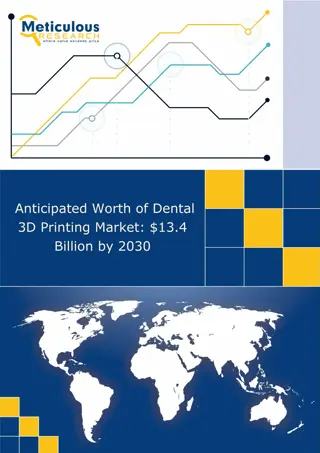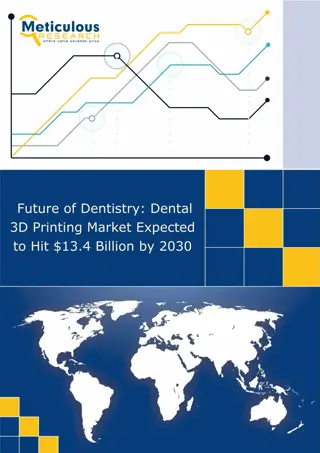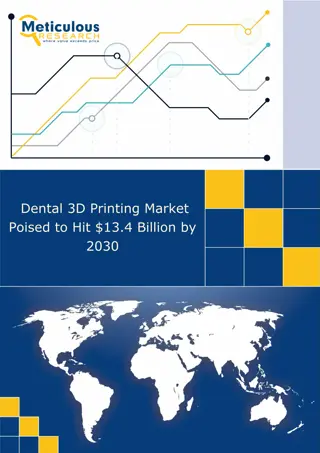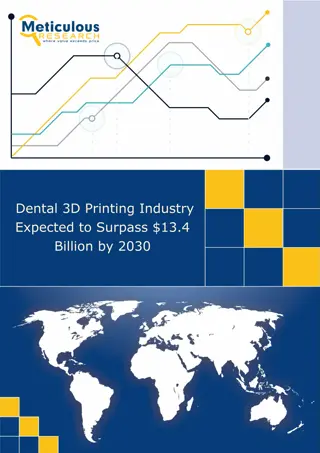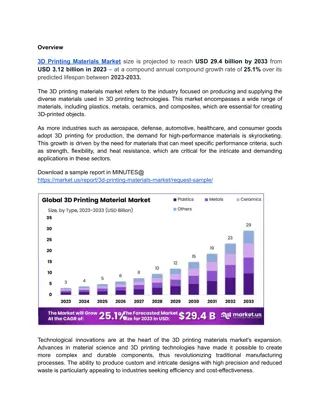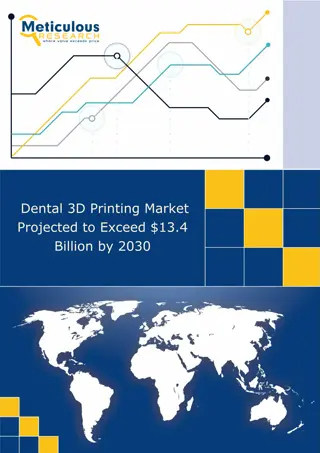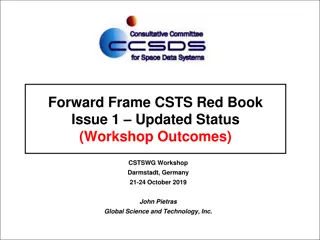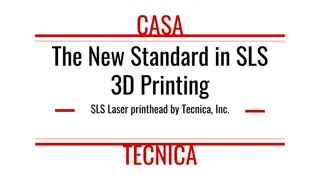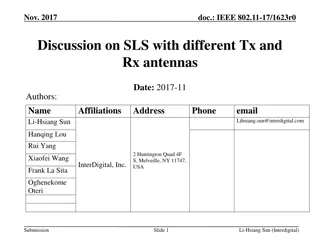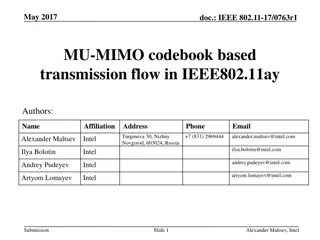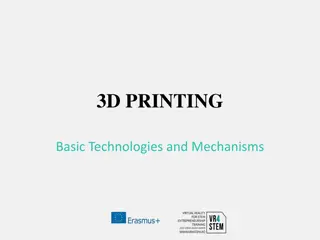
Based on the provided content, here are the requested items: "Understanding Static Light Scattering: Aggregate Structure & Internal Dynamics
"Discover the insights revealed by static light scattering in characterizing particle structures, dimensions, and properties such as molar mass and diffusion coefficients. Explore fractal dimensions and real-world examples showcasing its applications."
Download Presentation

Please find below an Image/Link to download the presentation.
The content on the website is provided AS IS for your information and personal use only. It may not be sold, licensed, or shared on other websites without obtaining consent from the author. If you encounter any issues during the download, it is possible that the publisher has removed the file from their server.
You are allowed to download the files provided on this website for personal or commercial use, subject to the condition that they are used lawfully. All files are the property of their respective owners.
The content on the website is provided AS IS for your information and personal use only. It may not be sold, licensed, or shared on other websites without obtaining consent from the author.
E N D
Presentation Transcript
786 Static Light Scattering Part 1: Aggregate Structure & Internal Dynamics
Understanding SLS static data I(q): control parameter q [units 1/Length] Large q probes small length scales Small q probes large length scales Shape of I vs q reveals particle structure
What can light scattering measure? For a solute in solution, light scattering can determine: Molar mass, M Size, rg Second virial coefficient, A2 Translational diffusion coefficient, DT - Can be used to calculate rh
Understanding SLS static data Very small particles scatter isotropically I(q) ~ constant Larger aggregates can be assessed for their fractal dimension Df, in region where I ~ q-Df rusnauka.com
Dimensionality From linear dimension to areal dimension, non- fractal linear objects are squared to give area From linear dimension to volume dimension, non- fractal linear objects are cubed to give volume Fractal objects: can t obtain area simply by squaring linear portion, nor volume simply by cubing linear segment
Fractal Dimensions 1 dimensional object Df > 1 Df approaching 2 2 dimensional object Df > 1 Df approaching 2 3 dimensional object
Example: CNT dispersions CNT dispersions reveal fractal aggregates Fractal region may not extend over entire q range Remember: Large q probes small length scales; Small q probes large length scales
Example: Fullerene NP aggregation Aggregate growth extends range of q in the power law region
Df~ 1? Correction to Stokes for Rods DLS measures Diffusion constant D k 6 T = B D Spheres: a Rods with length L diameter d: 2 +0.316+0.5825d +0.050d D=kBT 3pmL lnL d L L van Bruggen, Lekkerkerker, Dhont, Physical Review E (1997) 56 4394. Brancaa, Magazu, Mangione. Diamond & Related Materials (2005) 14 846.
Dependence on Aspect Ratio 3 p L 1 k T = + + + 2 ln . 0 316 . 0 5825 . 0 050 B D p p p = D/L; 5x 104 100 250 500 750 1000 2500 5000 4 Legend indicates values of L (nm) 3 t (ms) 2 1 0 0 0.2 0.4 0.6 0.8 1 p Both bundling & length increase diffusion time as a function of aspect ratio p
Also: dynamics as a function of angle SLS can simultaneously measure angular dependence of dynamics in the system Diffusive dynamics are defined by 2 quantities: control parameter wave vector q [units 1/Length] measured time scale Diffusion has units [L2/T] D = 1/q2 We can measure vs q. If D is constant, we expect
Fluctuation time-scale vs. q 1 10 G390, 150mM Combo Day 1 Combo Day 15 If D is a constant, then D = 1/q2 and so = (1/D) q-2 -2 t (s) 100 Typical diffusive behavior should exhibit a power law with slope -2 10 1 106 107 108 q (1/nm)
Fluctuation time-scale vs. q 1 10 G390, 150mM Combo Day 1 Combo Day 15 -2 t (s) 100 Typical diffusive behavior should exhibit a power law with slope -2 10 1 106 107 108 q (1/nm) Dynamics in Combo evolve over time. The kinks in the dynamics at higher q, beginning at 1/q ~ 75 nm, are robust!
Investigating Morphology 2 1 10 10 DYNAMICS STRUCTURE 10 3 t (s) 100 I/I0 10 4 Power law region indicates fractal structure, Df < 3. 10 1 10 5 106 107 108 106 107 108 q (1/nm) q (1/nm) Transition at 1/q ~ 75 nm in both structure and dynamics may suggests spherical primary particles at sizes <75 nm.
Lab tasks SLS on CNT samples SLS on protein/polymer/gel samples More to come on SLS

